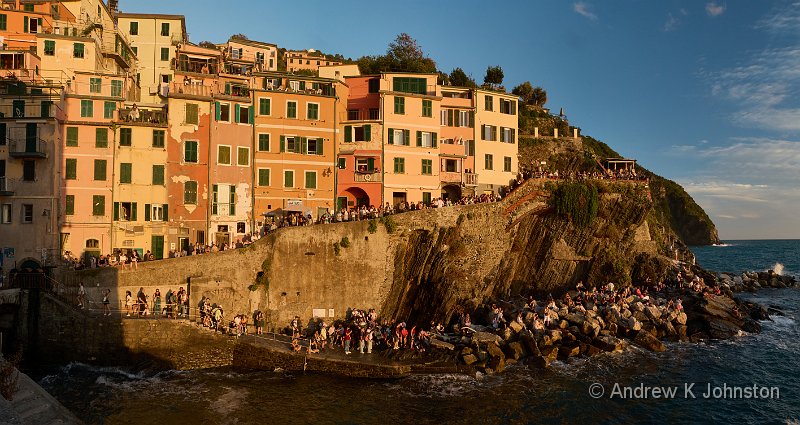
| Riomaggiore sunset | |
| Camera: Panasonic DC-G9M2 | Date: 27-09-2024 18:50 | Resolution: 11333 x 6025 | ISO: 400 | Exp. bias: 0 EV | Exp. Time: 1/100s | Aperture: 8.0 | Focal Length: 16.0mm (~32.0mm) | Location: Riomaggiore | State/Province: Riomaggiore, Liguria | See map | |
We started day 2 by getting a train. There are essentially four ways of getting between the five towns which make up the Cinque Terre: you can walk along the cliff paths, go by boat, or get the excellent trains which run along or through the cliffs, roughly following the paths. Driving is very much the worst option as you have to drive up and down each steep valley, and parking is very limited. It’s also slow – Manorola to Riomaggiore is a 20 minute walk, less than 2 minutes by train, and a long drive of at least 20 minutes and 10 miles excluding parking and the walks into and out of town.
The only challenge with the train is that the timetable is somewhat erratic, as the same lines also serve Intercity traffic. Sometimes two local trains are minutes apart, at other times the wait can be over an hour.
The train took us to Venezza, town 4 of the 5, where we wandered down to the harbour to photograph waves breaking gently as the light rose through blue hour. However it soon became clear that we had another overcast day and no prospect of a photogenic sunrise.

| Castello Doria, Venezza (Show Details) |
We returned to Manarola to explore a little before lunch. The high path gives excellent panoramic views of the town, but I would have appreciated a bit more sunlight.
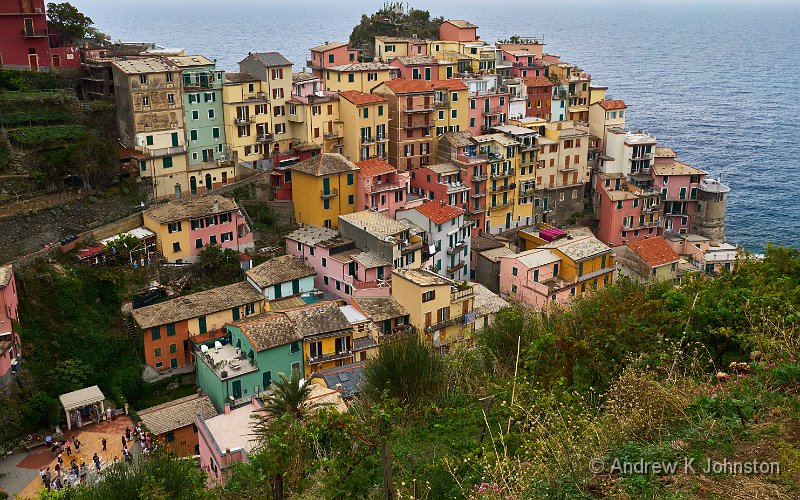
| Manarola Panorama (Show Details) |
Friday morning brought a new entry for the dysfunctional hotels blog. The shower cubicle was wide enough, but only deep enough to wet either my front or back, not both together. To complicate matters it included a large metal soap dispenser. To add injury to insult, while I was soaping myself I caught the dispenser with my head. This lifted the dispenser off the wall where it promptly fell onto my foot bruising my big toe. My injuries are not exactly life-threatening, but it’s a bit of an achievement bruising both head and big toe in one move.
Thursday night had been very stormy, with a strong wind. Our dawn shoot was back at Manarola Harbour, but dramatically different from the first, with waves breaking high over the rocks, breakwater and harbour edge.
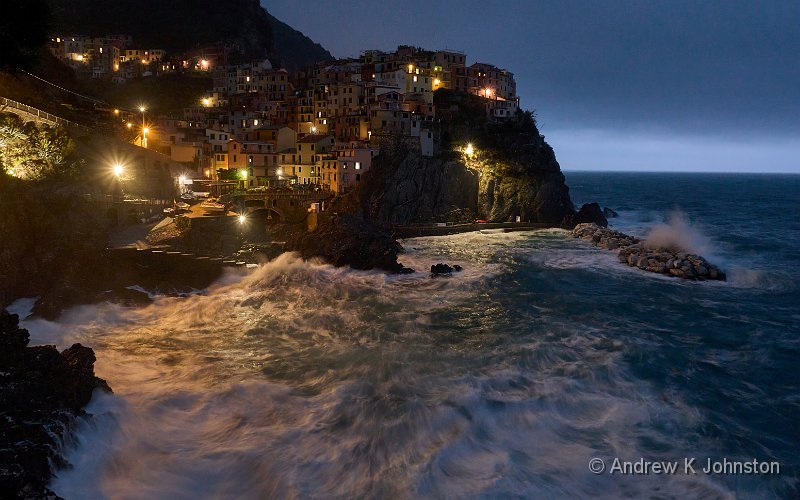
| Manarola – Stormy Waters! (Show Details) |
When we got back from the harbour another storm had broken. Three delivery men were having a noisy argument bordering on punch-up outside our accommodation. We never did find out the cause but it took the arrival of the local policeman to calm things down.
We had feared another grey, stormy day but suddenly after breakfast the skies started to clear and a shiny yellow thing emerged. We took the opportunity to walk to Riomaggiore, the first of the Cinque Terre, on the wonderfully named Via Dell’Amore, a nicely surfaced cliff walk which has only recently reopened after a 12 year closure for re-engineering. Riomaggiore is very photogenic, but there’s a lot of up and down steep steps and slopes, not ideal for my grumbling hip and knees.
We returned to Manarola by train for lunch and a siesta, but then went back to Riomaggiore to watch the sunset (with real sun!). The great thing about Riomaggiore harbour is you have a choice of view only about 50m (and a few steps) apart. Lee and most of the team opted for shooting into the sunset, but I moved to the other side and concentrated on capturing the colourful buildings, and people, bathed in the orange glow. My motto for such circumstances: "Follow the Light".
We took dinner in Riomaggiore, but by the time all was said and done we had missed the 9.20 train, and the next wasn’t until 10.30pm. Most of the group decided to walk back, but I opted to wait for the train. A couple of nice glasses of Chianti at the railway bar went down well, and I then wandered over to the platform. A young lady sat down next to me and used a line I thought had gone out of fashion, the Italian equivalent of "have you got a light, kind sir", followed by an elaborate mime of looking for a lost lighter. Three possibilities: it was genuine, she was the local prostitute and the line had always worked, or she was a pickpocket, several of whom operate on the trains. Either way my "no sorry" plus a suggestion about rubbing two sticks together closed the conversation down!

 List
List Abstract
Abstract One+Abstract
One+Abstract
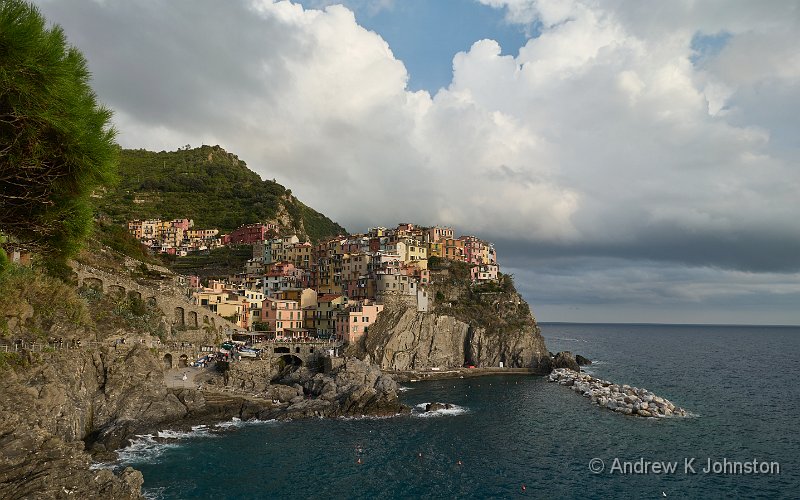

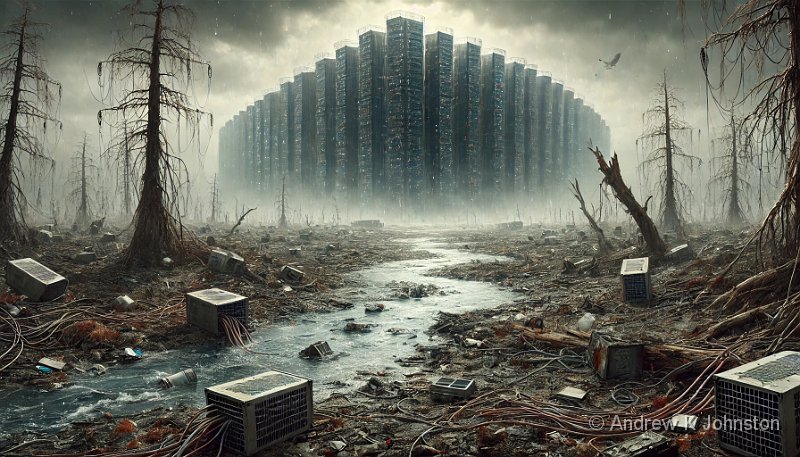


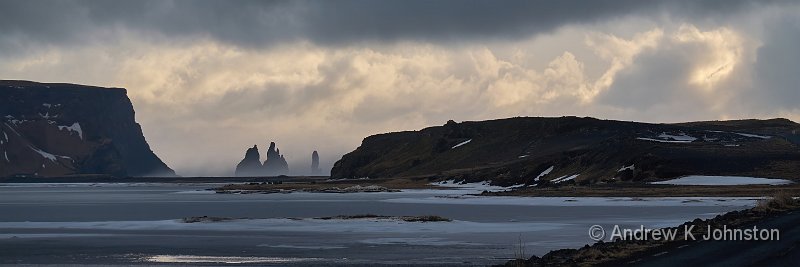

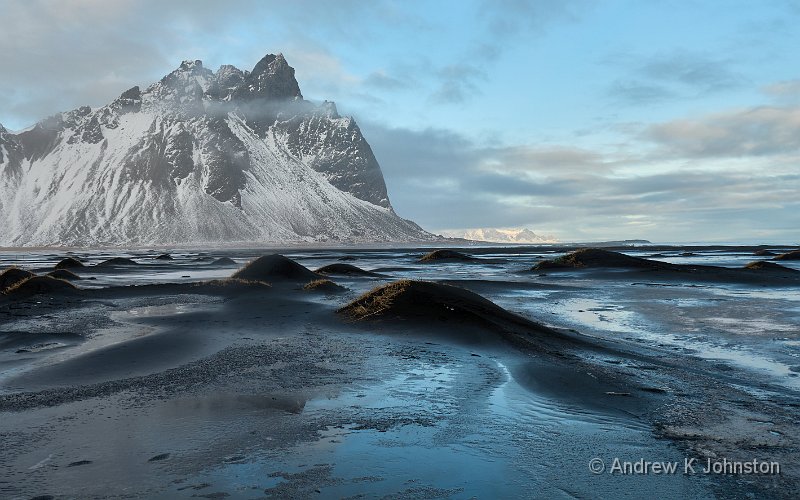
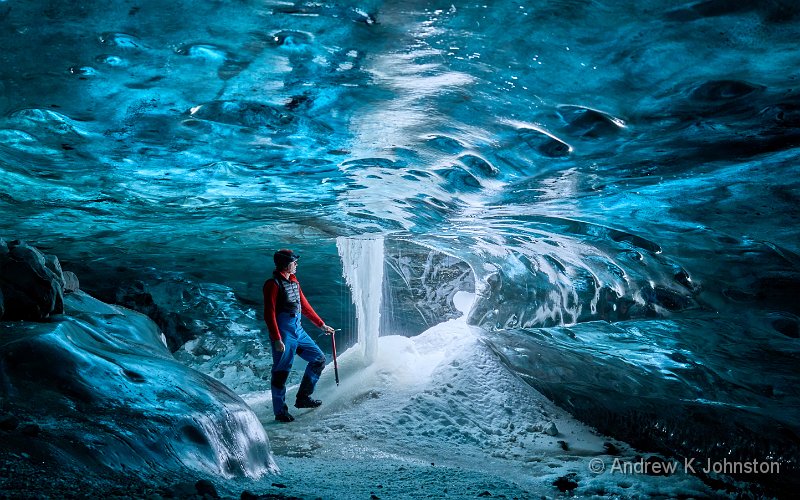
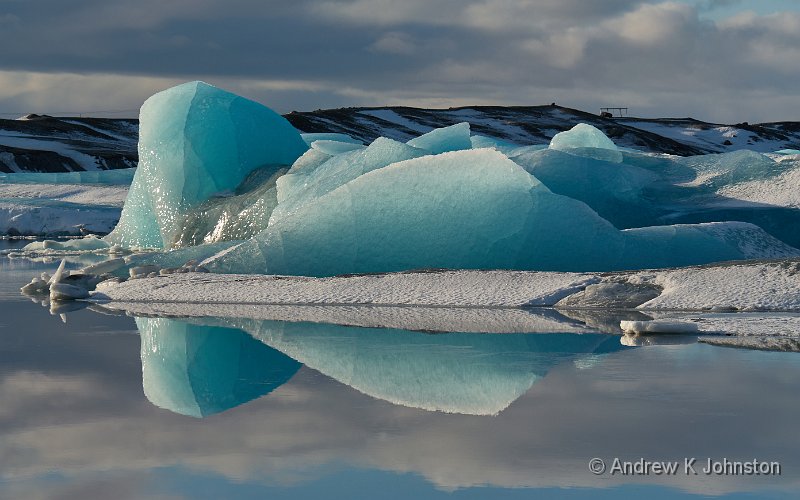
 Thoughts on the World (Main Feed)
Thoughts on the World (Main Feed) Main feed (direct XML)
Main feed (direct XML)